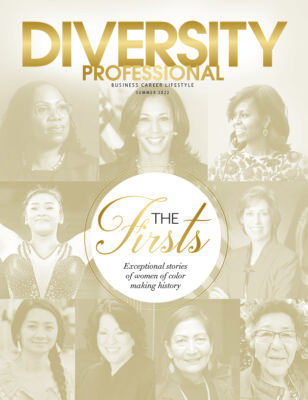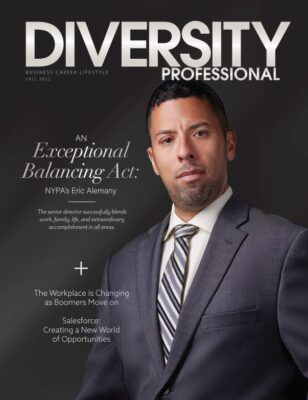STRENGTHENING TRUST AND ACCOUNTABILITY THROUGH FEEDBACK
Having a dialogue instead of a monologue.
When I ask people in leadership positions what they think is the best way to create a culture of accountability, about 85% of them talk about how to make others more accountable, and only about 15% want to know how they can set a better example of accountability themselves. The reality, however, is that creating a culture of accountability starts with you because you are the only person you can change.
The most common culprit of poor teamwork and broken relationships (employment or otherwise) is what I call the Cycle of Passive-Aggressive Behavior. Here’s how it works.
■ Something you are doing isn’t working for me, but I’m afraid to discuss it with you.
■ So, I start acting out in passive-aggressive ways, such as speaking to you in frustrated tones, being unhelpful, and subtly blaming you for problems.
■ You become offended at my behavior, so you begin acting in kind.
■ Your behavior reinforces my unkind feelings toward you, and the cycle continues.
Perhaps you have seen the Cycle of Passive-Aggressive Behavior in your workplace. Perhaps you have even been caught up in it!
This cycle can play out between teammates just as easily as it can between a manager and their subordinate.
How can you short circuit the Cycle of Passive- Aggressive Behavior? Here are five practical steps for providing helpful feedback:
1 Ask for feedback before giving it. You must demonstrate that feedback is a gift, or everyone else will question your motives and associate feedback with punishment. Regularly requesting feedback gives you the moral authority to provide it.
2 Begin with a question, not a statement. Say something like “How do you feel things went yesterday when …?” Asking about the situation in question allows the other person to share important facts that you may not be aware of.
3 Share observations, not conclusions. Contrary to popular belief, effective feedback is not a monologue, it’s a dialogue. You do not have a monopoly on the truth. All you have is a perspective, so state it like: “I noticed that …” or “It seemed like …”
4 Ask for clarification. As noted, your perspective may not be 100% correct. So, after stating what you have observed, ask something like, “Did you notice that too, or am I missing something?”
5 Focus on improving the future. No matter how the conversation unfolds, the key is to come to an agreement about what one or both of you can do differently to produce better outcomes going forward.
A few more things to remember:
1 Set the expectation of feedback. Set up each of your key relationships for success by inviting people to tell you when things aren’t working for them and asking them if they will allow you to do the same. Feedback is far easier to provide when it’s invited and expected.
2 Give far more positive feedback. The most common form of feedback should be “reaffirming feedback.” Regularly telling people what they are doing right produces far better outcomes than occasionally telling people what they are doing wrong.
3 Have difficult conversations in person. If you think someone might not like what you want to tell them, speak to them face to face or via a video chat or phone call if a face-to-face meeting isn’t possible. Insecure people hide behind texts and emails, and their relationships suffer as a result.
4 Make it timely. If you don’t address unacceptable behavior soon after you observe it, the facts get fuzzy, and there’s more room for debate.
5 Make it private. When others are watching, people tend to be more concerned about their ego than self-improvement.
Creating a culture of accountability, teamwork, and high performance begins with you and your ability to build trusting relationships with others. Don’t be like the 85% of leaders who think their workplace’s accountability problem is other people’s fault. Set the standard of high accountability by regularly requesting feedback, frequently telling others what they are doing right, and having the courage and humility to provide corrective feedback with the intention of having a dialogue instead of a monologue.









